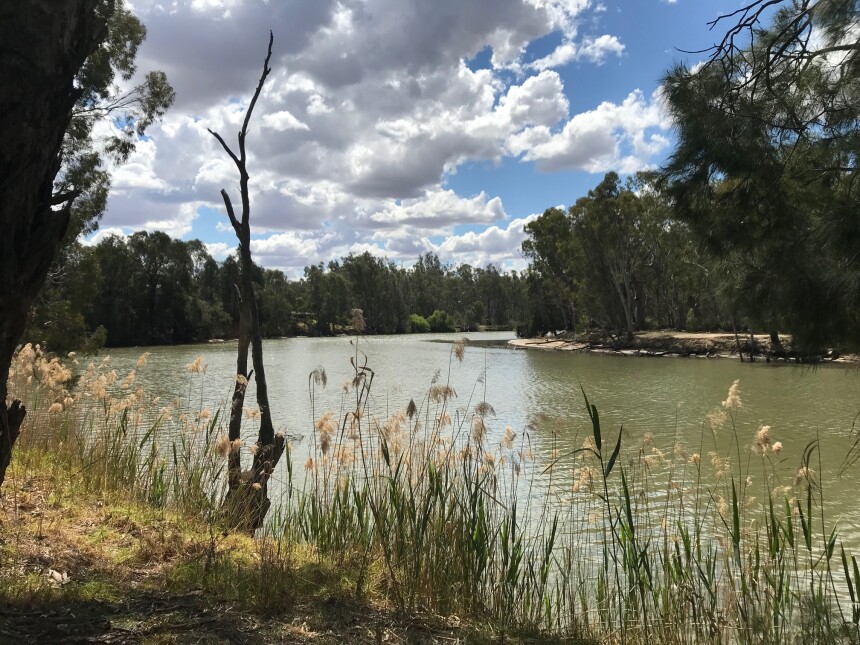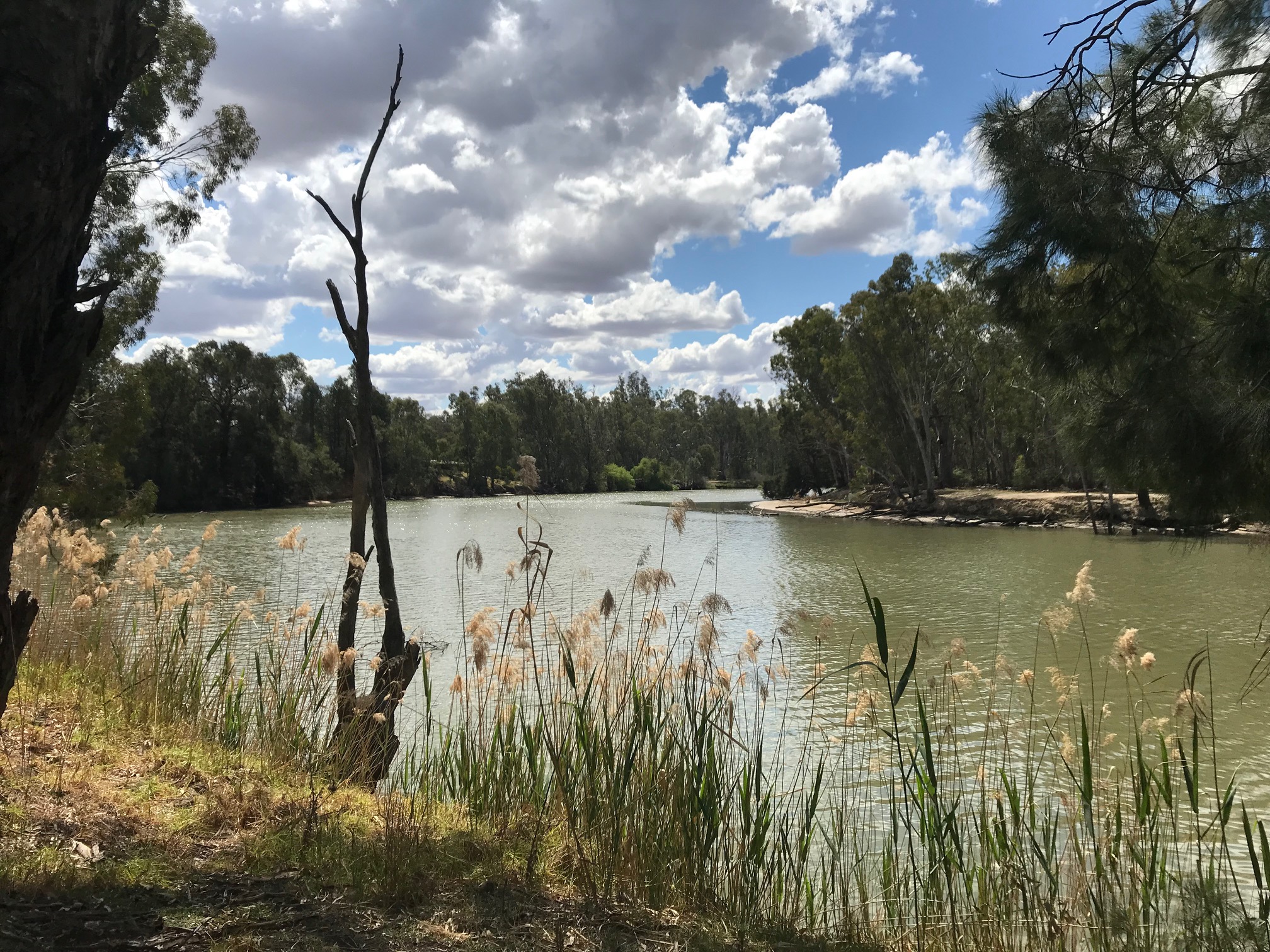Stop fighting and start adapting to climate change, Basin Authority says

Public battles between farmers and the environment movement must end, the Commonwealth’s water agency says, warning a unified response is needed to tackle the damaging impacts of climate change in the Murray Darling Basin.
A joint study by the Bureau of Meteorology and CSIRO found the “middle of the road” climate scenario is for a 20 per cent reduction in streamflows across Australia’s food bowl, assuming 2 degrees of global warming will be reached by 2060, as forecast by the United Nations.
The extent of impacts are unclear due to uncertainty in weather modelling and the complex relationship between rainfall, rising heat and evaporation. The study says there are “plausible” scenarios where streamflows could decline up to 50 per cent.
The climate has already warmed by about 1 degree; over the past 20 years, this has caused an 11 per cent reduction in crucial rains in the southern Murray Darling Basin in winter, the region’s wettest season. The Northern Basin’s climate is even more variable and gets most of its rainfall in summer, where long term trends remain unclear.
 The Murray Darling Basin Authority on Tuesday released its five yearly evaluation of the Basin Plan, which included the CSIRO’s climate report and warned five of the hottest years on record occurred in the past seven. The authority’s head of strategy, Vicki Woodburn, said “the climate has changed faster than anticipated”, which brought “profound new challenges”.
The Murray Darling Basin Authority on Tuesday released its five yearly evaluation of the Basin Plan, which included the CSIRO’s climate report and warned five of the hottest years on record occurred in the past seven. The authority’s head of strategy, Vicki Woodburn, said “the climate has changed faster than anticipated”, which brought “profound new challenges”.
The greater the reduction in streamflow, the more detrimental the financial impacts to irrigation industry profits and the surrounding communities, the evaluation said. Under more intense drying scenarios, water prices might exceed a “tipping point” for financial viability of even large agribusinesses, which would create a “a radically different, opportunity based annual irrigation industry”.
The Basin Plan was launched in 2013 to help boost the river system’s declining health, which had set in after years of excessive water extraction. Farmer groups and irrigation communities have campaigned to limit the volume of water recovery, and argued for changes to the Basin Plan to moderate the financial impacts on water owners.
The authority’s chief executive, Phillip Glyde, said farmers, environmental advocates and policymakers needed to co-operate on new technologies and systems to adapt to a drier world, rather than continue public brawls over how much water should be recovered from irrigation under the Basin Plan.
“We’ve got to talk about adapting to climate change without triggering the debate about changing the water recovery target. Going down that road, you end up with people facing up at 100 paces shooting at each other,” Mr Glyde said.
Professor Sue Jackson, of the Australian Rivers Institute at Griffith University, said: “We need to plan for the eventuality we may well see quite drastically reduced inflows that could harm many, if not all, of the economic and social activities and the lives people and communities have built around waterways.”
While the overall drying trend is expected to set in over the long term, abnormally wet years are still expected from time to time, albeit less frequently, according to internationally recognised hydrologist Francis Chiew, a CSIRO research leader and a co-author on the climate report.
“We will also see longer and more intense drought,” Dr Chiew said.
On Monday, federal Water Minister Keith Pitt announced $35 million in funding for a new water information website, and an expanded monitoring network of cross-border river flows.
Originally published by The Sydney Morning Herald, 15 December 2020.
